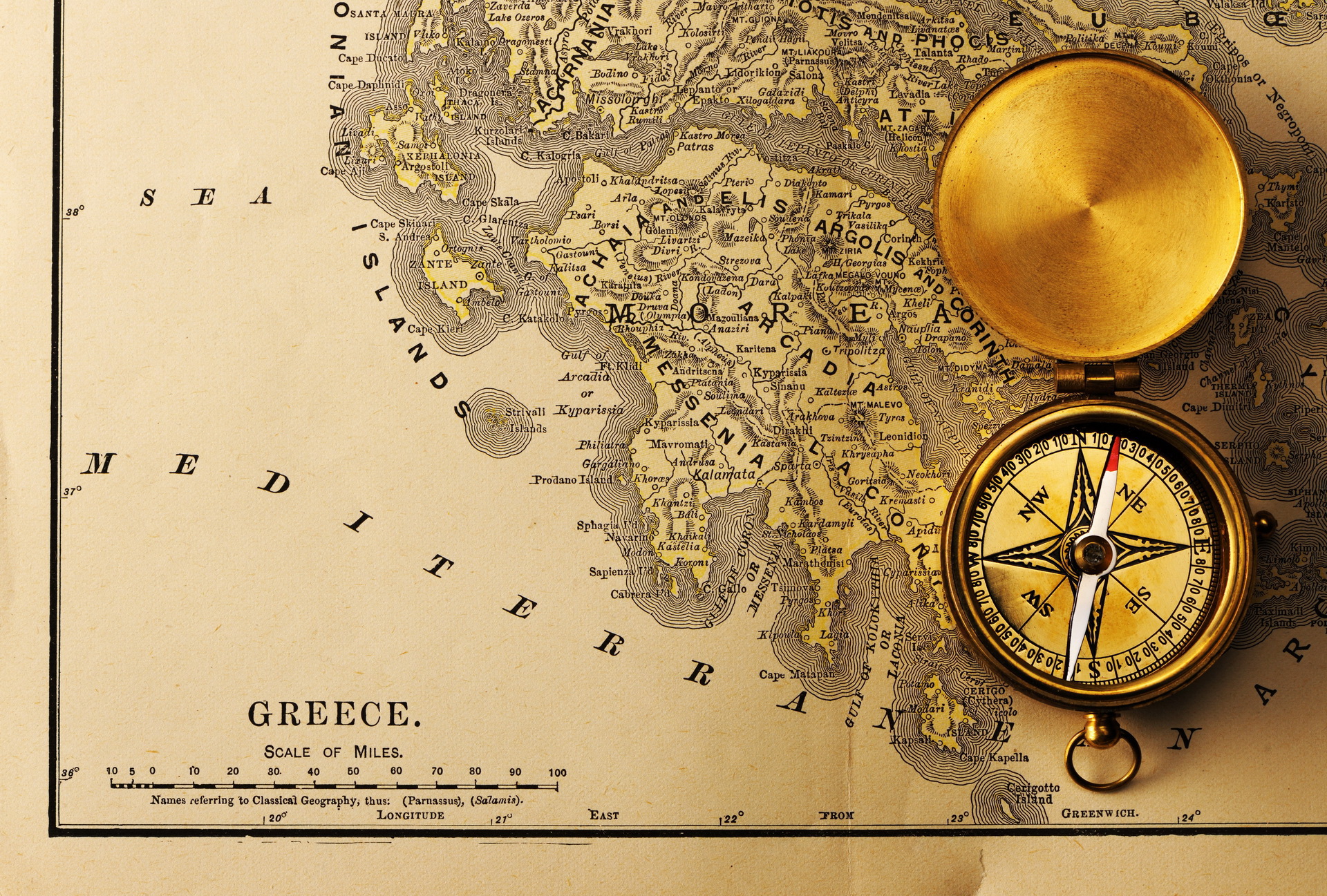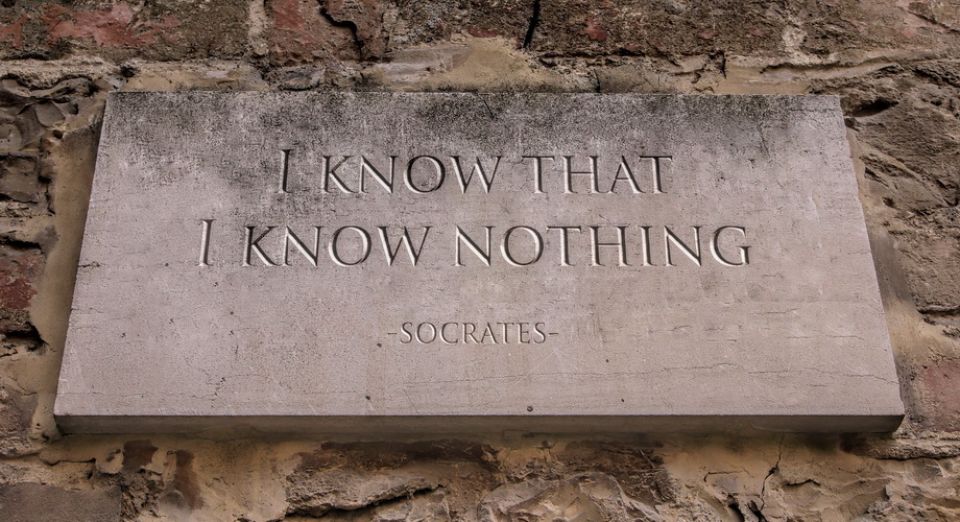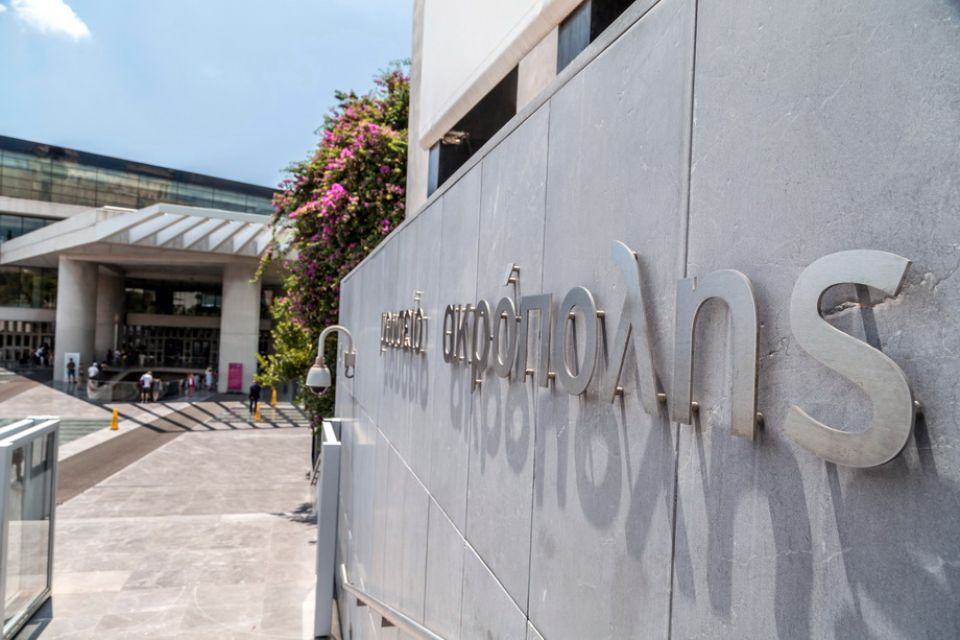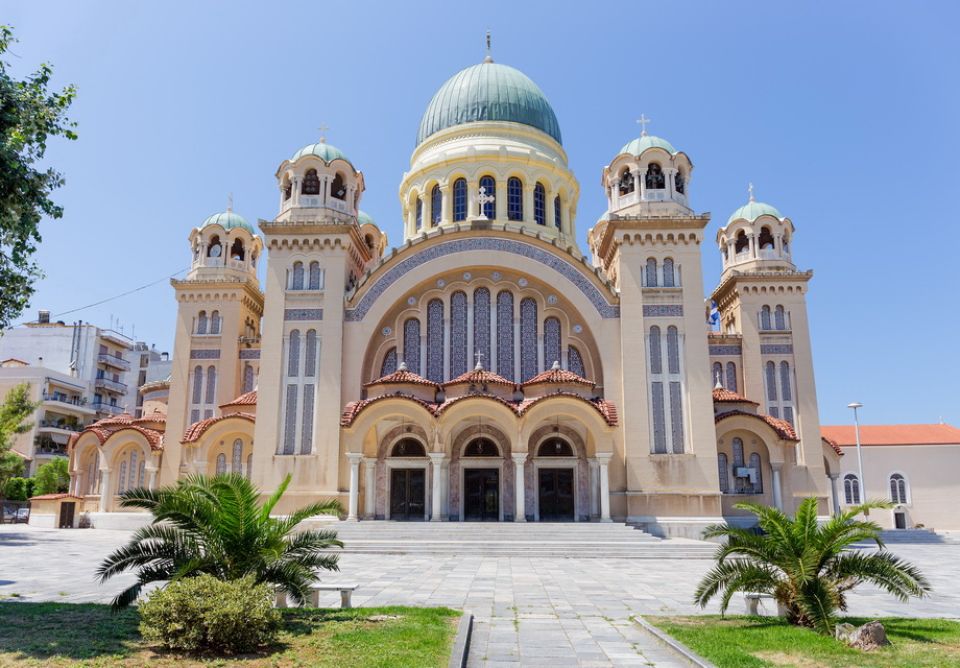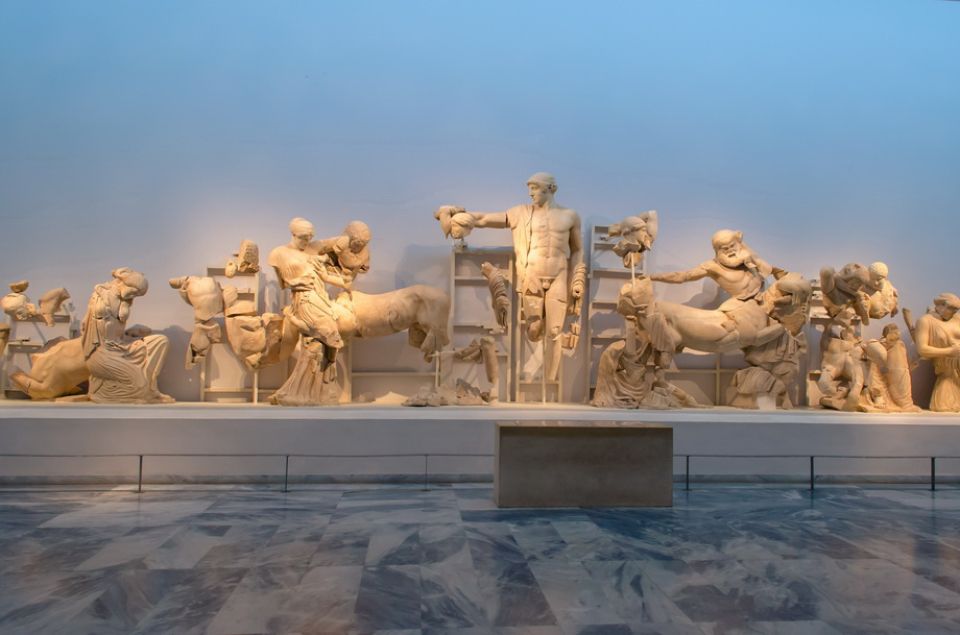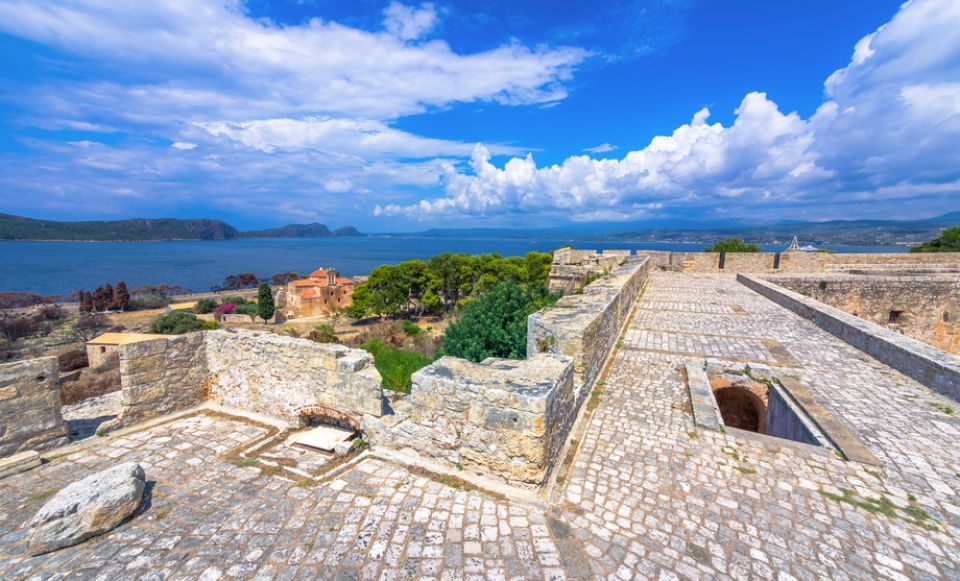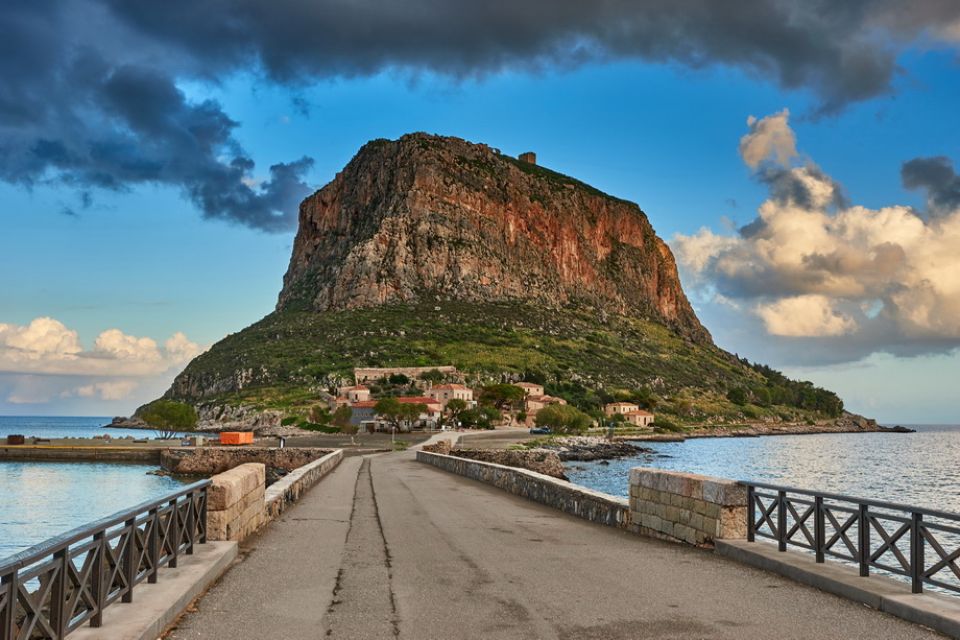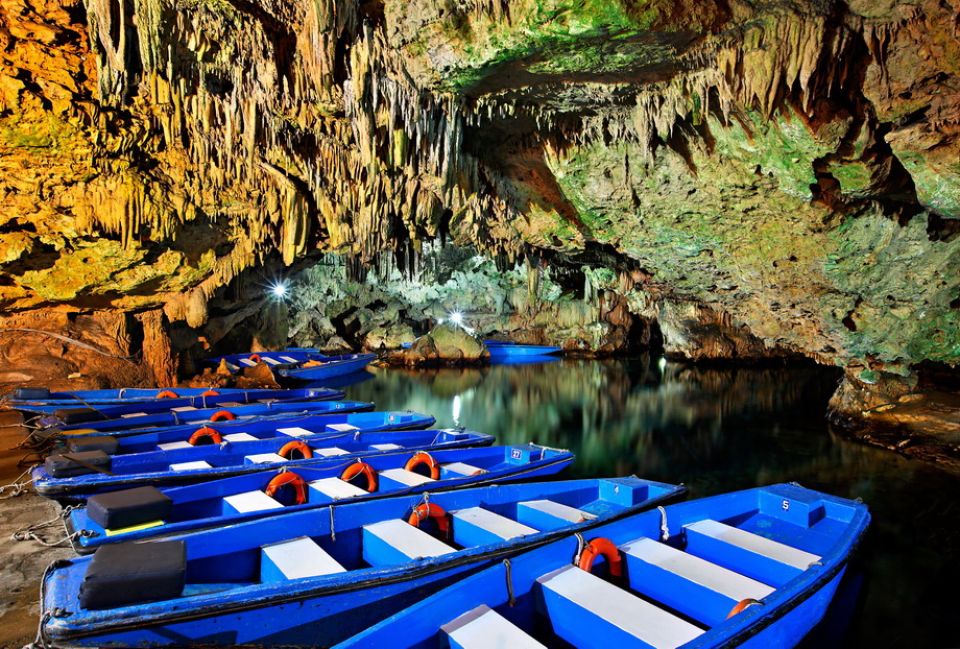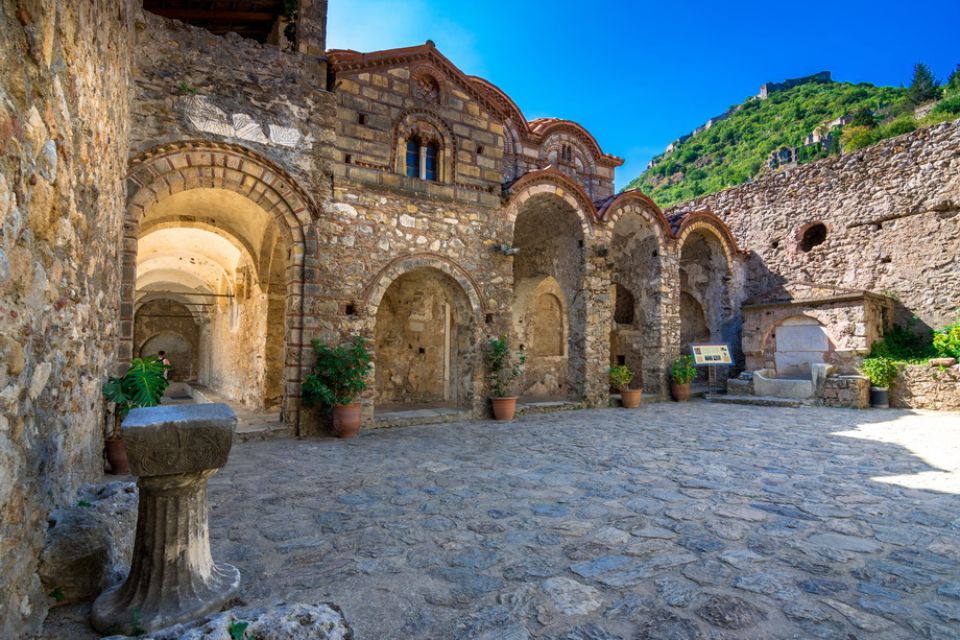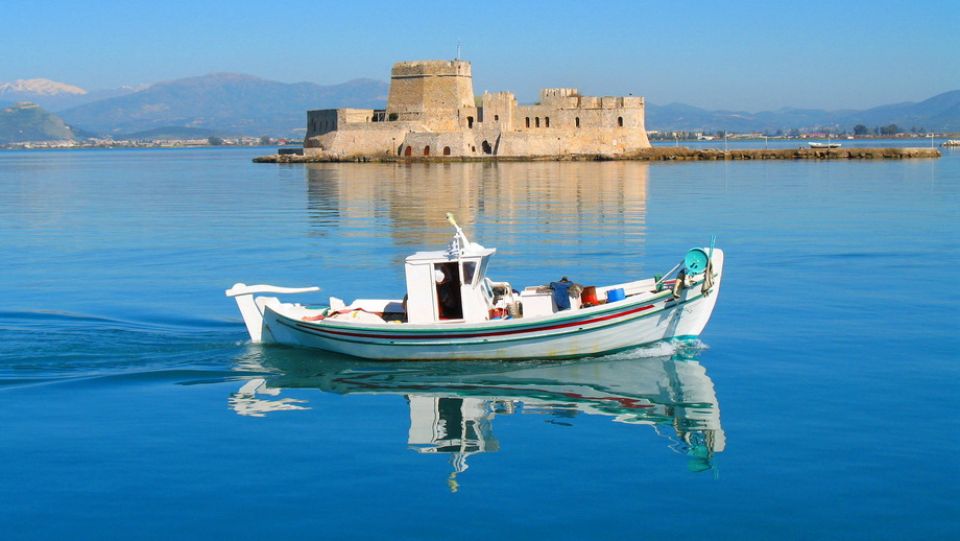Day 9: Argolis – A Province Full of Glance
Our day begins with drive to Epidaurus and the Temple of Asclepius which dates back to the 4th century BC and was designed and built by the architects Theotokos and Thimotheos; the Healing Temple Asclepieion, designed for 250 patients (70.92 m x 9.42 m); the Library, built by the Roman emperor Antonios and his successors; the Gymnasium (69 m x 53 m). We also visit the ancient theater of Epidaurus, a wonder of architecture because of the absolute uniqueness of its acoustic. It is worth wondering how ancient Greeks managed to create such an architectural masterpiece using the knowledge and machinery of that time. The theater dates back to the 4th century BC but still hosts theatrical plays for 14,000 spectators. People from all over the world attend theatrical plays and concerts in Epidaurus, especially in summer months, as the experience offered at this theater is unique.
Next stop: the city of Nafplion, the absolute jewel of Argolis region. Nafplion was the first capital of modern Greece and is widely known as one of the most idyllic and romantic Greek cities. Today, we will have the freedom to discover Nafplion at our own disposal. We can take a walk through its picturesque streets with the wonderful buildings; admire the fortified islet of Bourtzi standing on the background, while drinking our coffee or having lunch at one of the numerous cafés and taverns. And for those in good shape, Palamidi Castle is totally recommended. In order to reach it, you have to climb all of its 999 steps carved into the rock. The castle where the most important hero of the Greek Revolution Theodoros Kolokotronis was imprisoned is absolutely worth our time and energy; the view from above is breathtaking!
The legendary Mycenae with its famous beehive (tholos) tombs, capital of Agamemnon’s kingdom, is our next destination. At Mycenae we will visit Europe’s oldest fortress and the stage for Iliad, one of Homer’s bloody epic poems. It all started in Aulis, where King Agamemnon sacrificed his own daughter Iphigenia, so that the Greeks could sail to Troy. After Agamemnon’s return from the Trojan War, Clytemnestra murdered her husband with the help of her lover, Aegisthus. Her children Elektra and Orestes in turn assassinated their mother to revenge the murder of their father. The story of Atrides’ dynasty has inspired the famous Greek tragic writers Aischylos, Sofokles and Euripides, whose tragedies and their modern adaptations are still being played in theaters all over the world.
On our way to Athens, we make a stop in Ancient Corinth, where we can cast a glance over the fortress located on Mount Kyllini. At the foot of the mountain we visit the ancient city situated under the large fortress; the ancient central street, the agora and the Temple of Apollo are waiting for us. We also visit the archaeological site of the region as well as the museum, which is definitely worth seeing.Ancient Corinth has been the richest port and the largest city in ancient Greece. Its strategical location on the connection between Peloponnese and the mainland of Greece made the city a powerful commercial center near two seaports. The city is also very famous in the world of Christianity as one of the main stops of Apostle Paul during the journeys he made to spread the word of Jesus. 1 overnight stay in Athens.
